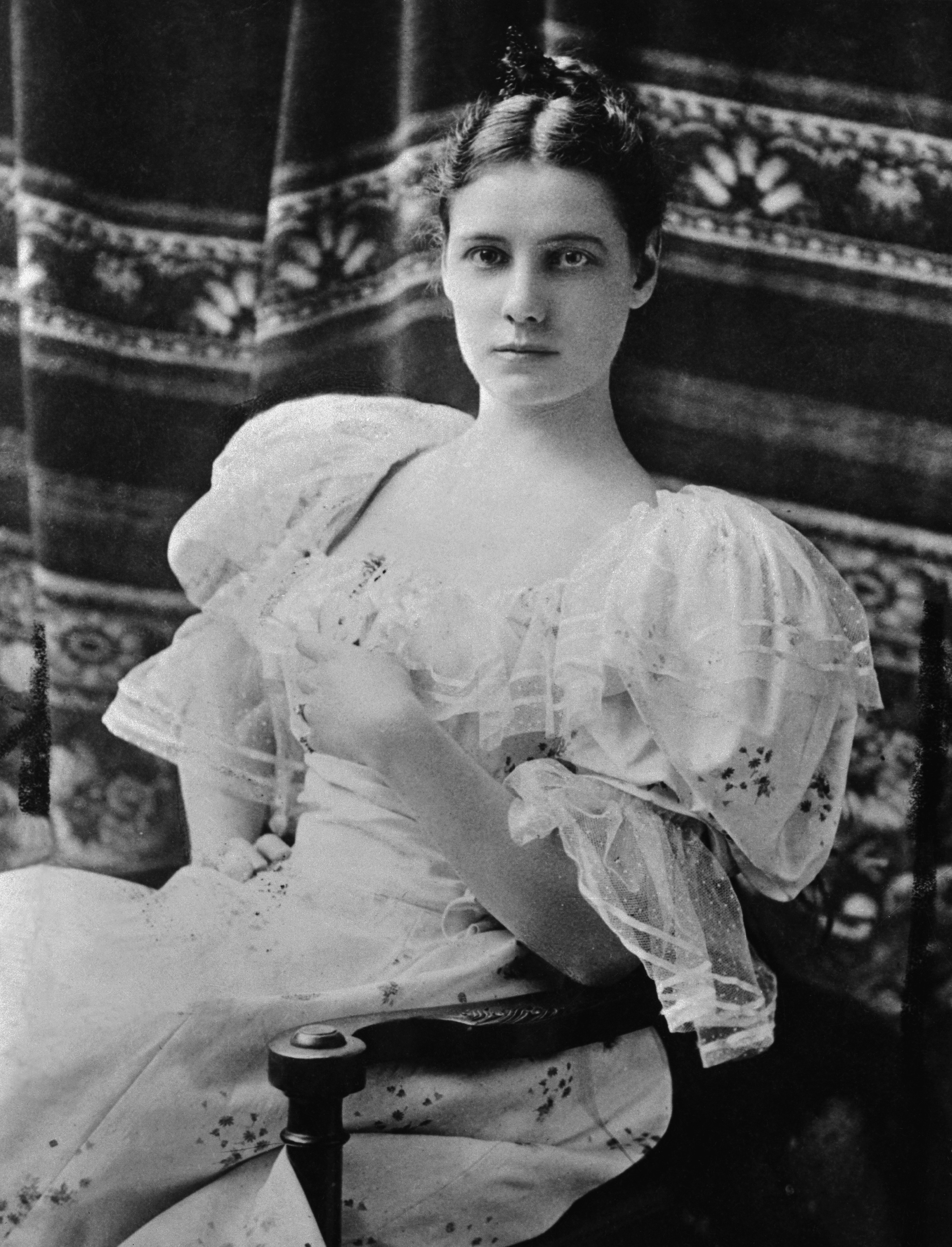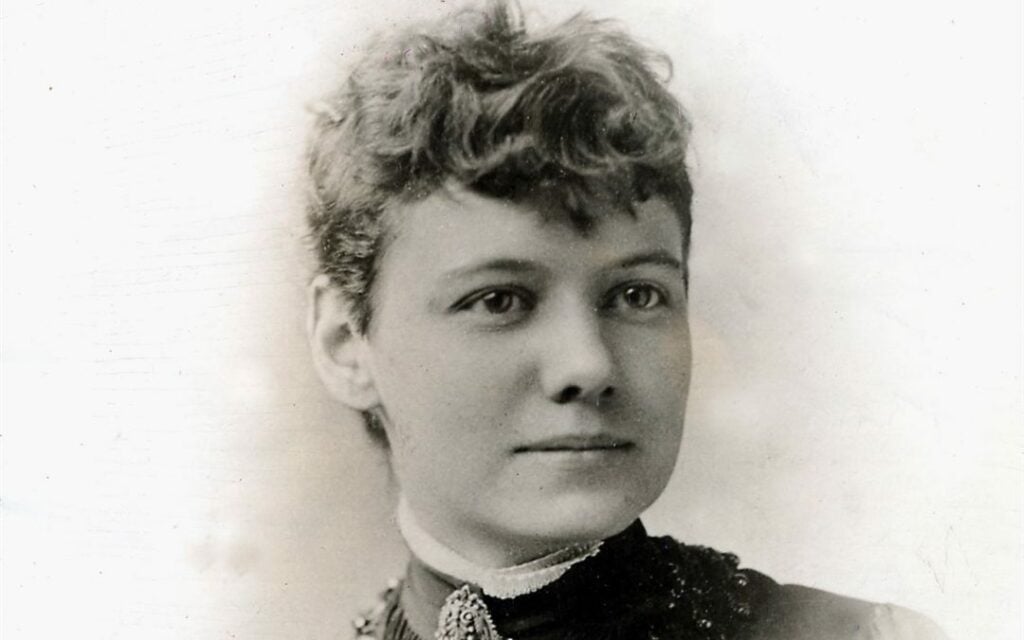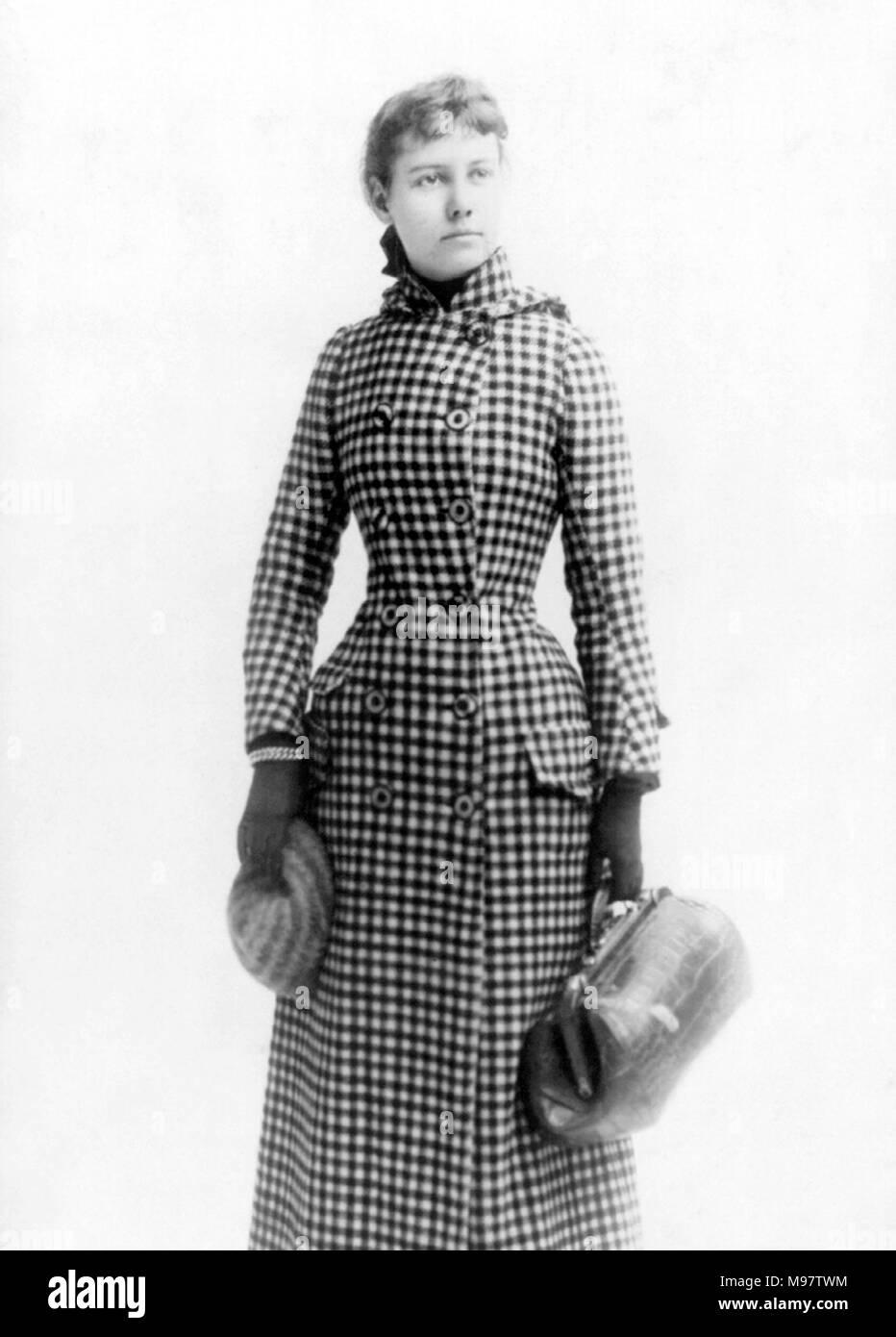Nellie Bly: From NYC Reporter To Manufacturing CEO & Beyond!
Can one individual truly reshape the landscape of journalism and leave an indelible mark on the world? The story of Elizabeth Cochrane Seaman, better known as Nellie Bly, is a resounding testament to the power of a single, determined voice to expose injustices, break barriers, and redefine the boundaries of what's possible.
Born Elizabeth Jane Cochran on May 5, 1867, in Cochran's Mills, Pennsylvania, a town bearing her family's name, Nellie Bly's life was anything but ordinary. From her early days, she displayed an unwavering curiosity and a refusal to accept the status quo. This spirit of inquiry would become the hallmark of her groundbreaking career. Her professional trajectory would later become an example for young journalists to follow.
Nellie Bly's impact on journalism and the world is undeniable, solidifying her place as a pioneering figure in investigative reporting and a champion of social reform. Her remarkable journey began with a burning desire to expose the harsh realities of the world and a commitment to giving a voice to the voiceless. The following table summarizes the pivotal aspects of her life and career:
| Category | Details |
|---|---|
| Full Name | Elizabeth Jane Cochran Seaman (ne Cochran) |
| Pen Name | Nellie Bly |
| Born | May 5, 1867 |
| Birthplace | Cochran's Mills, Pennsylvania, USA |
| Died | January 27, 1922, New York City, New York, USA |
| Nationality | American |
| Known For | Investigative journalism, breaking world travel records, and pioneering women's rights advocacy |
| Notable Work | Ten Days in a Mad-House, Around the World in 72 Days |
| Education | Self-educated |
| Spouse | Robert Seaman (m. 1895; died 1904) |
| Occupation | Journalist, Author, Industrialist |
| Career Highlights |
|
| Legacy |
|
| Reference | Britannica - Nellie Bly |
From the outset, Bly was driven by a desire to expose the truth and challenge the societal norms of her time. At the age of 15, she added an "e" to the end of her last name to make it more distinctive, a testament to her early ambition and awareness of the importance of personal branding. Her nom de plume, "Nellie Bly," chosen by her first editor, was borrowed from an American minstrel song, providing her with a memorable identity that would soon become synonymous with fearless reporting. The female journalists of her day did not write under their legal names, but Nellie Bly, more than any of her colleagues, went beyond the call.
Bly's career was launched in the late 1880s at the New York World, where she quickly gained recognition for her groundbreaking investigative work. Her most famous undertaking was her undercover investigation of the Women's Lunatic Asylum on Blackwell's Island (now Roosevelt Island) in New York. Posing as a patient, Bly spent ten days in the asylum, enduring horrific conditions and witnessing firsthand the abuse and neglect suffered by the inmates. Her expos, Ten Days in a Mad-House, published in 1887, became an immediate sensation, sparking public outrage and leading to reforms in the treatment of the mentally ill. Nellie Bly had, through the power of words, begun the long, difficult process of fighting for a better world.
This daring investigation set the stage for Bly's other adventures, each more daring than the last. She was a trailblazer, a pioneer in the burgeoning field of investigative journalism. It was a form of journalism that focused on in-depth investigations, often undercover, to expose corruption, social injustice, and other wrongdoings. Nellie Bly epitomized this approach, her work characterized by its immersive nature and unwavering commitment to uncovering the truth. She was determined to not only observe but also experience the conditions she wrote about, gaining her a level of authenticity that was unprecedented at the time. In fact, she had no equal in journalism for quite a long time.
Following her success in exposing the asylum's deplorable conditions, Bly embarked on her most audacious feat: a trip around the world in an attempt to break the fictional record set in Jules Verne's novel, Around the World in Eighty Days. She was already widely known as the remarkable Nellie Bly, and she would soon become a global phenomenon. In 1889, she set off on her journey, traveling by ship, train, and any other mode of transportation she could find. She managed to circumnavigate the globe in a record-breaking 72 days, inspiring readers worldwide and cementing her status as a global icon. Her journey, which captured the imaginations of people across the globe, further solidified her legacy as a fearless adventurer and a symbol of determination. In an era when women's roles were largely confined to the domestic sphere, her audacious travels challenged societal expectations and inspired countless others to pursue their dreams.
Bly's work wasn't just about breaking records or exposing injustices; it was about using her platform to champion social reform. She was a fervent advocate for women's rights, the working class, and the marginalized. Her articles often shed light on the plight of the less fortunate, advocating for improved working conditions, fair wages, and equal opportunities. She had made a difference in the lives of the people she wrote about. Through her words, she gave voice to the voiceless, challenging the powerful and advocating for a more just and equitable society. In the realm of journalism, where women were often relegated to secondary roles, Bly carved out a space for herself as a leading voice in the field.
In 1895, Bly married millionaire industrialist Robert Seaman, who was 40 years her senior, and she became legally known as Elizabeth Jane Cochrane Seaman. She gave up her writing career to marry. After his death in 1904, she managed his business interests until she went bankrupt. This experience, she knew, she could write about as well.
The impact of Nellie Bly's work extends far beyond her individual accomplishments. She served as an inspiration to countless aspiring journalists, particularly women, who were breaking into a field dominated by men. She became a pioneer of investigative journalism and travel writing, exposing social injustices, breaking records, and influencing the world with her pen and courage. She exemplified the power of perseverance and the importance of using one's voice to speak truth to power. Her groundbreaking methods, her courageous spirit, and her unwavering commitment to truth have left an enduring legacy.
After her venture as an industrialist, Bly returned to newspaper work, proving that age and circumstance could not extinguish her passion for reporting. In 1920, she returned to newspaper work at the New York Journal, demonstrating her commitment to journalism. Her life and achievements were a testament to the power of perseverance, courage, and the unwavering pursuit of justice. She once again took charge of her own life. The impact she had on the world would soon be remembered for eternity.
Nellie Bly's life was one of remarkable achievements and unwavering determination. She redefined the role of women in journalism, setting new standards for investigative reporting. Her legacy endures as a testament to the power of one person to make a difference and inspire generations. Elizabeth Cochrane Seaman (born Elizabeth Jane Cochran) was, in her own time and beyond, a true pioneer.



